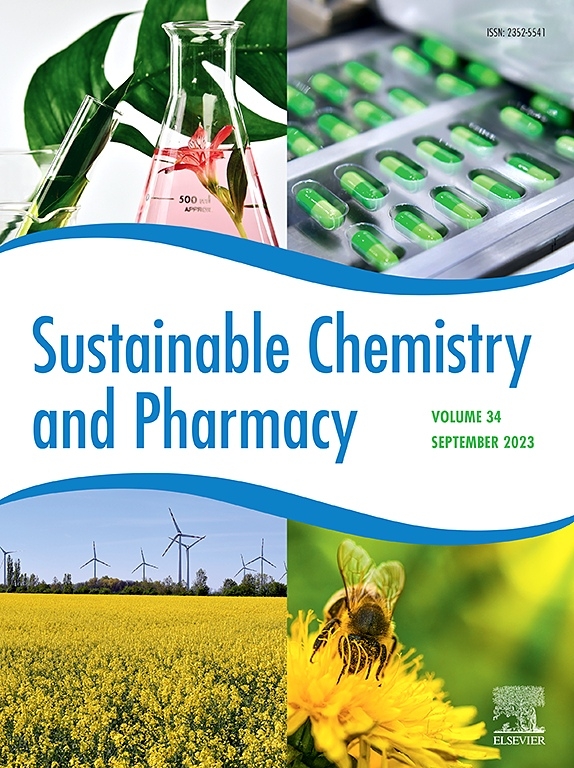Understanding the hard journey of catalytic lignin amination valorization
IF 5.5
2区 化学
Q2 CHEMISTRY, MULTIDISCIPLINARY
引用次数: 0
Abstract
Lignin, a pivotal component in biomass conversion, holds significant potential for the synthesis of nitrogen-containing compounds. However, studies on the amination of real lignin remain limited, primarily due to its complex structure compared to model compounds. This review explores the factors influencing lignin valorization, from its extraction to the synthesis of nitrogenous products. Organic solvent-extracted lignin, characterized by its intact molecular structure, abundance of functional groups, and absence of sulfur, facilitates easier degradation and amination due to enhanced catalyst targeting. Among various catalysts analyzed, ruthenium-based systems demonstrated superior performance, achieving high yields in clean, environmentally friendly solvents. The review delves into the distinct roles of catalysts in lignin amination reactions, providing insights into reaction mechanisms and catalyst performance. Additionally, the influence of solvents and their critical factors for effective amination are discussed, alongside minor contributors such as catalyst carriers, hydrogen and amine sources, and non-catalytic thermal reactions. The advantages and limitations of various conditions for lignin amination are critically compared, highlighting existing challenges. Finally, this review outlines future directions for advancing lignin amination systems, offering innovative perspectives for expanding the frontiers of lignin valorization.

求助全文
约1分钟内获得全文
求助全文
来源期刊

Sustainable Chemistry and Pharmacy
Environmental Science-Pollution
CiteScore
8.20
自引率
6.70%
发文量
274
审稿时长
37 days
期刊介绍:
Sustainable Chemistry and Pharmacy publishes research that is related to chemistry, pharmacy and sustainability science in a forward oriented manner. It provides a unique forum for the publication of innovative research on the intersection and overlap of chemistry and pharmacy on the one hand and sustainability on the other hand. This includes contributions related to increasing sustainability of chemistry and pharmaceutical science and industries itself as well as their products in relation to the contribution of these to sustainability itself. As an interdisciplinary and transdisciplinary journal it addresses all sustainability related issues along the life cycle of chemical and pharmaceutical products form resource related topics until the end of life of products. This includes not only natural science based approaches and issues but also from humanities, social science and economics as far as they are dealing with sustainability related to chemistry and pharmacy. Sustainable Chemistry and Pharmacy aims at bridging between disciplines as well as developing and developed countries.
 求助内容:
求助内容: 应助结果提醒方式:
应助结果提醒方式:


